- No products in the cart.
Panadol Children’s suspension 120mg / 5ml 100ml vial complete with a measured syringe
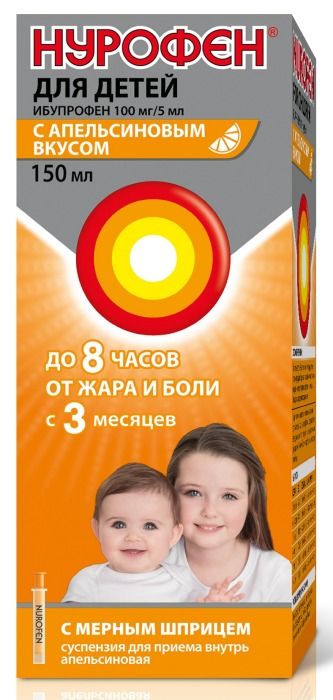
Nurofen for children oral suspension 100mg / 5ml 150ml vial with a syringe dosing orange
$4.17
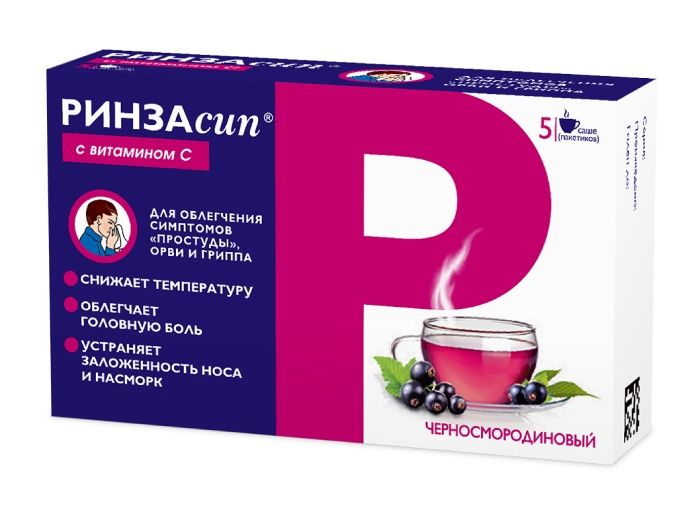
Rinzasip powder for r-ra 5g 5 pcs black currants / Vitamin C.
$3.86
$2.02
Panadol Children’s suspension 120mg / 5ml 100ml vial complete with a measured syringe
SKU: 641260586 Categories: Cold and flu, Medicaments, Temperature Tags: GlaxoSmithKline Helsker, Temperature
Description
Composition
Active substance:
Composition (per 5 ml of suspension)
120 mg paracetamol.
Excipients:
Malic acid 2.5 mg, 35.0 mg Xanthan gum, maltitol 3500.0 mg, 70% sorbitol crystalline 666.5 mg Sorbitol 105.0 mg, 1.0 mg citric acid, a mixture of para-hydroxybenzoic acid esters (methyl, ethyl, propyl parahydroxybenzoate sodium) 7.5 mg strawberry flavor 5.0 mg 5 L1005, dye azorubin 0.05 mg, and 5.0 ml of water.
Description:
Oral suspension from pink to a dark pink color, opaque, viscous, strawberry odor; may be present in the slurry with crystals.
Product form:
Primary packaging 100 ml amber glass vials. Secondary Packaging vial together with 1-dimensional syringe and instructions for use to prevent cardboard box.
Contraindications
Hypersensitivity to paracetamol or any other ingredient of the formulation; expressed human liver, or kidney; the neonatal period
Indications
Used in children from 3 months to 12 years as: antipyretic – to reduce elevated body temperature on the background of colds, flu and childhood infectious diseases (chicken pox, mumps, measles, rubella, scarlet fever, etc.); anesthetic for toothache, including teething, headache, earache with otitis and sore throat. For children the 2nd-3rd month of life possible single dose to reduce fever after vaccination. If the temperature does not drop, it is necessary to consult a doctor.
Interaction with other drugs
If a child is already taking other medications, prior to taking the drug “Children’s Panadol” should consult a doctor. Barbiturates, carbamazepine, phenytoin, phenytoin, primidone and other anticonvulsants, ethanol, rifampicin, AZT, flumetsinol, phenylbutazone, phenylbutazone, preparations of Hypericum perforatum and other inducers of microsomal oxidation increase the production of hydroxylated active metabolites, causing the possibility of severe liver disease with small overdose of paracetamol (5 g or more). Inhibitors of microsomal liver enzymes decrease the risk of hepatotoxicity. Under the influence of paracetamol while chloramphenicol (chloramphenicol) excretion is increased by 5 times, thereby increasing the risk of poisoning chloramphenicol (chloramphenicol). When taken regularly for a long time the drug enhances the effect of indirect anticoagulants (warfarin and other coumarin), which increases the risk of bleeding. Episodic receiving a single dose of the drug has no significant effect on the action of anticoagulants. Metoclopramide and domperidone to increase, and cholestyramine reduces the rate of absorption of paracetamol. The drug may reduce the effectiveness of uricosuric drugs.
Overdose
Symptoms: during the first 24 hours after the overdose nausea, vomiting, stomach pain, sweating, pallor, anorexia. After 1-2 days determined signs of liver disease (pain in the liver area, increased activity “liver” enzymes). Perhaps the development of glucose metabolism and metabolic acidosis. In adult patients, liver damage develops after receiving more than 10 g of paracetamol in children – when taking more than 125 mg / kg body weight. In the presence of factors influencing the paracetamol liver toxicity (see. The section “Interaction with other drugs,” “special instructions”) liver possible after receiving more than 5 grams of paracetamol. In severe cases of overdose as a result of hepatic encephalopathy may develop failure (impaired brain function), bleeding, hypoglycemia, brain edema, including death. May develop acute renal failure, acute tubular necrosis, the characteristic features of which is pain in the lumbar region, haematuria (impurity blood or red blood cells in the urine), proteinuria (high protein content in the urine), with severe liver damage can be absent. Cases of cardiac arrhythmia, pancreatitis. Prolonged use in excess of the recommended dose may be observed hepatotoxicity and nephrotoxicity (renal colic, nonspecific bacteriuria, interstitial nephritis, papillary necrosis). Treatment: If you suspect an overdose, even in the absence of symptoms expressed, you must stop using the product immediately and seek medical help. Within 1 hour after overdose recommended gastric lavage and intake ehnterosorbentov (activated carbon, Polyphepanum). It should determine the level of paracetamol in plasma, but no sooner than 4 hours after the overdose (earlier results are unreliable). Introduction acetylcysteine within 24 hours after the overdose. Maximum protective action is provided during the first 8 hours after the overdose with time antidote efficiency sharply falls. If necessary acetylcysteine is administered intravenously. In the absence of vomiting to the patient admission to the hospital may use methionine. The need for additional therapeutic activities (further introduction of methionine in / introduction acetylcysteine) is determined depending on the blood concentration of paracetamol, as well as on the time elapsed after administration. Treatment of patients with serious hepatic dysfunction at 24 hours after ingestion of paracetamol should be carried out together with specialists or poison control center specialized branch of liver diseases.
pharmachologic effect
Pharmacological group:
N02BE01
Pharmacodynamics:
The drug has analgesic and antipyretic properties. Blocking the cyclooxygenase in the central nervous system, acting on pain centers and thermoregulation. Anti-inflammatory effect is practically absent. It has no effect on the state of the mucous membrane of the gastrointestinal tract and water-salt metabolism, as it does not affect the synthesis of prostaglandins in peripheral tissues.
Pharmacokinetics:
Absorption high – Panadol is rapidly and almost completely absorbed from the gastrointestinal tract. Relationship to plasma proteins for about 15%. Peak concentrations achieved after 30-60 minutes in the plasma. Distribution of paracetamol in body fluids is relatively evenly. It is metabolized primarily in the liver to form several metabolites. In newborns, the first two days of life and in children 3-10 years, the main metabolite of acetaminophen sulfate is paracetamol in children 12 years and older – conjugated glucuronide. Part of the drug (about 17%) is subjected to hydroxylation with formation of active metabolites which are conjugated with glutathione. With a lack of glutathione, these metabolites of paracetamol may block the enzyme systems of hepatocytes and cause their death. The half-life at the therapeutic dose ranges from 2-3 hours. When receiving therapeutic doses of 90-100% of the dose is released into the urine for one day. The main quantity of the drug released after conjugation in the liver. In unaltered allocated not more than 3% of the administered dose of paracetamol.
Conditions of supply of pharmacies
Without recipe
side effects
The recommended dosage is generally well tolerated drug. The following side effects are revealed spontaneously during post-marketing the drug. Side effects are classified according to organ system and frequency. The frequency of side effects is defined as follows: very often (greater than or equal to 1/10), often (greater than or equal to 1/100 and less than 1/10) infrequently (greater than or equal to 1/1000 and less than 1/100), rare ( greater than or equal to 1/10 000 and less than 1/1000) and very rare (greater than or equal to 1/100 and less than 1/10 000 000). Allergic reactions: very rare – in the form of skin rash, pruritus, urticaria, angioedema, Stevens-Johnson syndrome, anaphylaxis; From hemopoiesis system: very rarely – thrombocytopenia, anemia, leucopenia; The respiratory system: very rarely – bronchospasm (in patients with hypersensitivity to acetylsalicylic acid and other nonsteroidal anti-inflammatory drugs); On the part of the hepatobiliary system: very rarely – liver dysfunction. There may be nausea, vomiting, pain in the stomach. If you experience any of these side effects, stop taking the drug and consult a doctor immediately.
special instructions
Children younger than 3 months and for children who were born prematurely, “Panadol Baby” can be given only on medical prescription. In the analysis, the determination of uric acid and blood sugar levels, tell your doctor about the use of the drug “Children’s Panadol”. When receiving the drug for more than 7 days is recommended to control the peripheral blood and functional state of the liver. Glutathione deficiency due to eating disorders, cystic fibrosis, HIV infection, starvation, depletion causes the possibility of severe liver disease with small overdose of paracetamol (5 g, and more). The drug should not be used concomitantly with other drugs paratsetamolsoderzhaschimi. “Panadol Baby” contains maltitol and sorbitol. Patients with rare hereditary fructose intolerance should not take this drug. The preparation included a mixture of para-hydroxybenzoic acid esters (methyl, ethyl, propyl parahydroxybenzoate Sodium), which may be the cause of delayed allergic reactions. “Children’s Panadol” does not contain sugar, alcohol and acetylsalicylic acid.
Storage conditions
At a temperature of not higher than 30 ° C. Protect from light. Do not freeze. Keep out of the reach of children
Dosing and Administration
For ingestion. Before use, the contents of the bottle must be shaken well for at least 10 seconds. Measuring syringe attached into the package, allowing the correct Birationally dispense the drug. Dose depends on the child’s age and body weight. Children (3 months to 12 years)
The maximum single dose – 15 mg / kg body weight. The maximum daily dose – 60 mg / kg body weight. Receiving frequency is not more than 3-4 times a day. If necessary, to give the child the recommended dose every 4-6 hours, but not more than 4 doses over 24 hours. In all other cases, before taking the drug “Children’s Panadol” is necessary to consult a doctor. Duration of treatment without consulting a doctor – 3 days. Do not exceed the recommended dose!
If you accidentally exceeding the recommended dose should immediately consult a doctor, even if the child feels good, because there is a risk of liver injury (see. “Overdose”). If you are taking the drug the child’s condition does not improve, see your doctor.
Information
Appearance may differ from that depicted in the picture. There are contraindications. You need to read the manual or consult with a specialist
Additional information
| Weight | 0.100 kg |
|---|---|
| Manufacturer | GlaxoSmithKline Helsker |

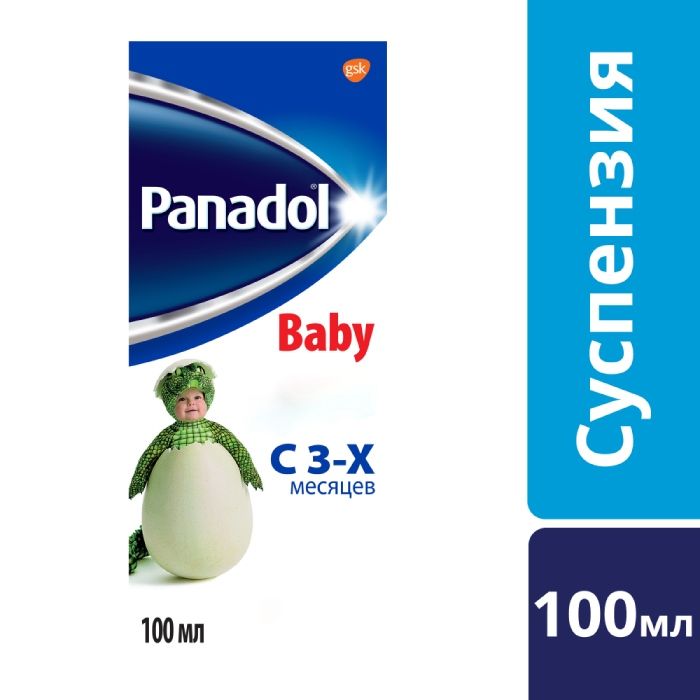
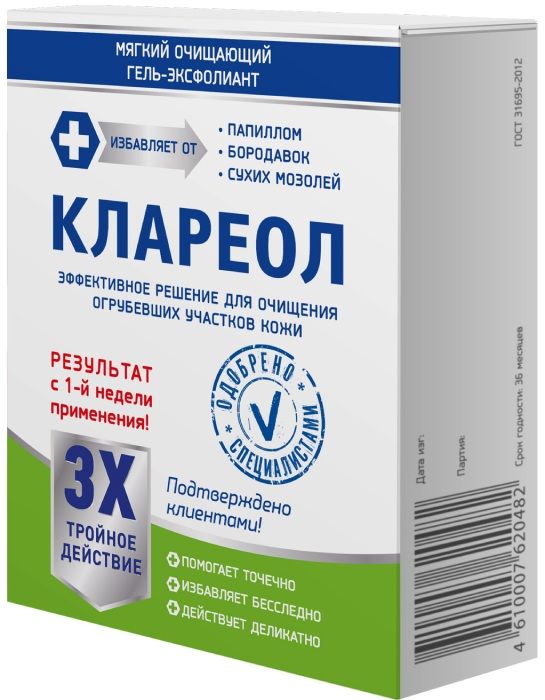
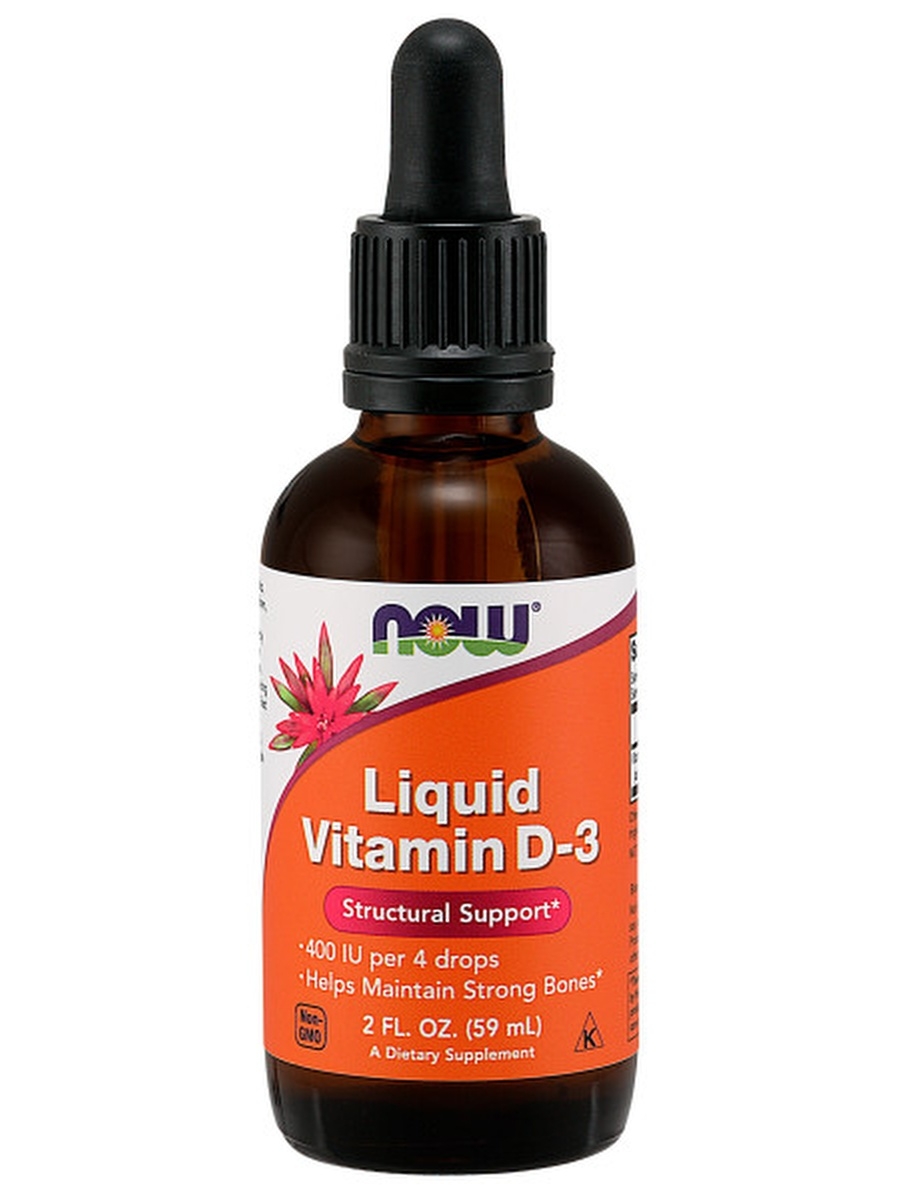
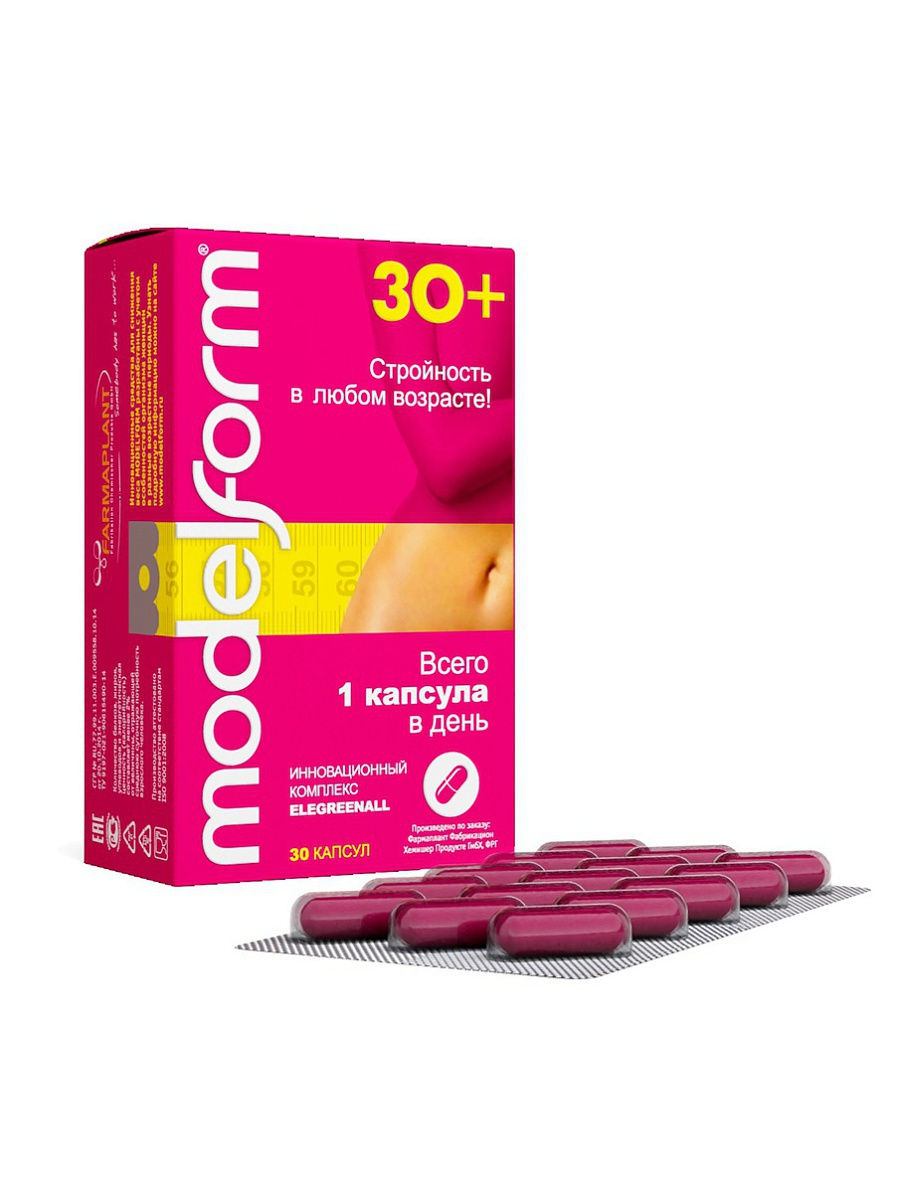
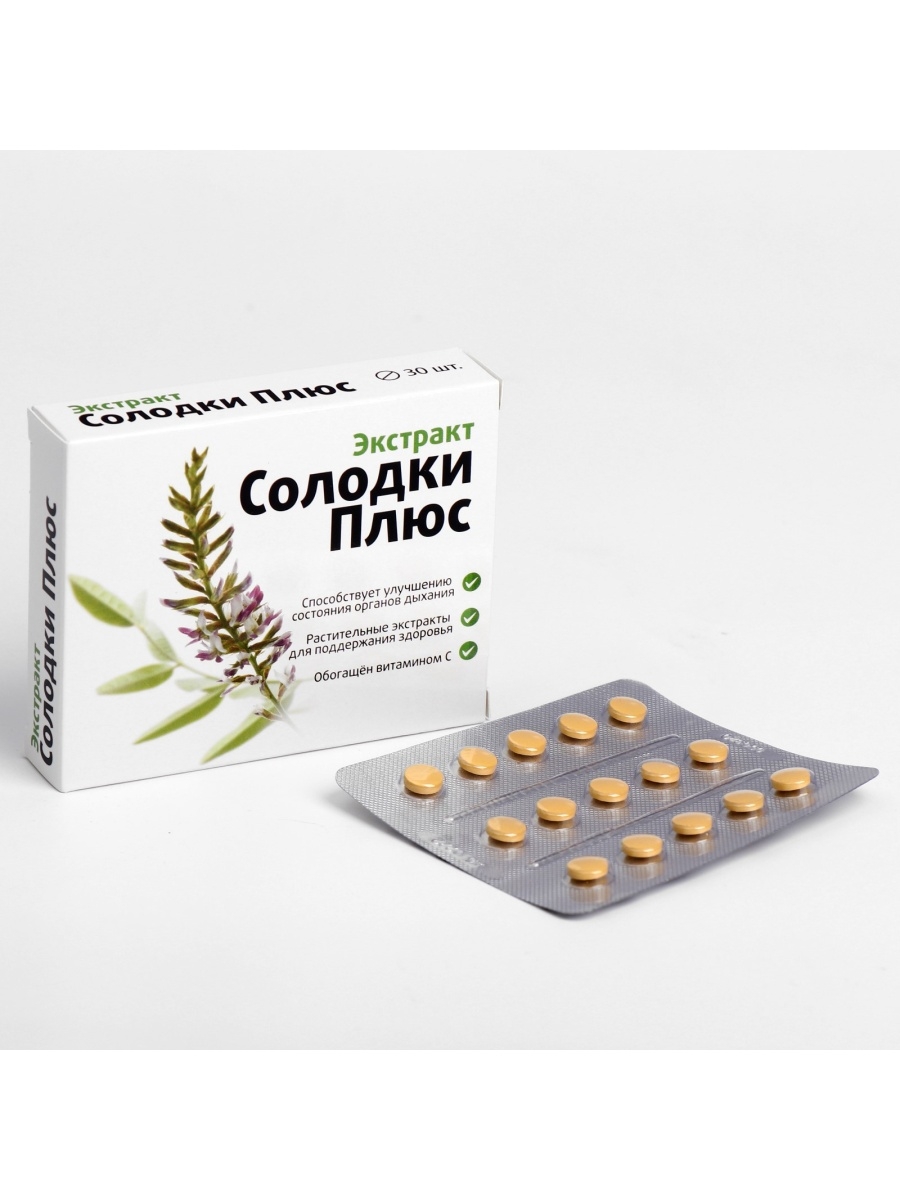
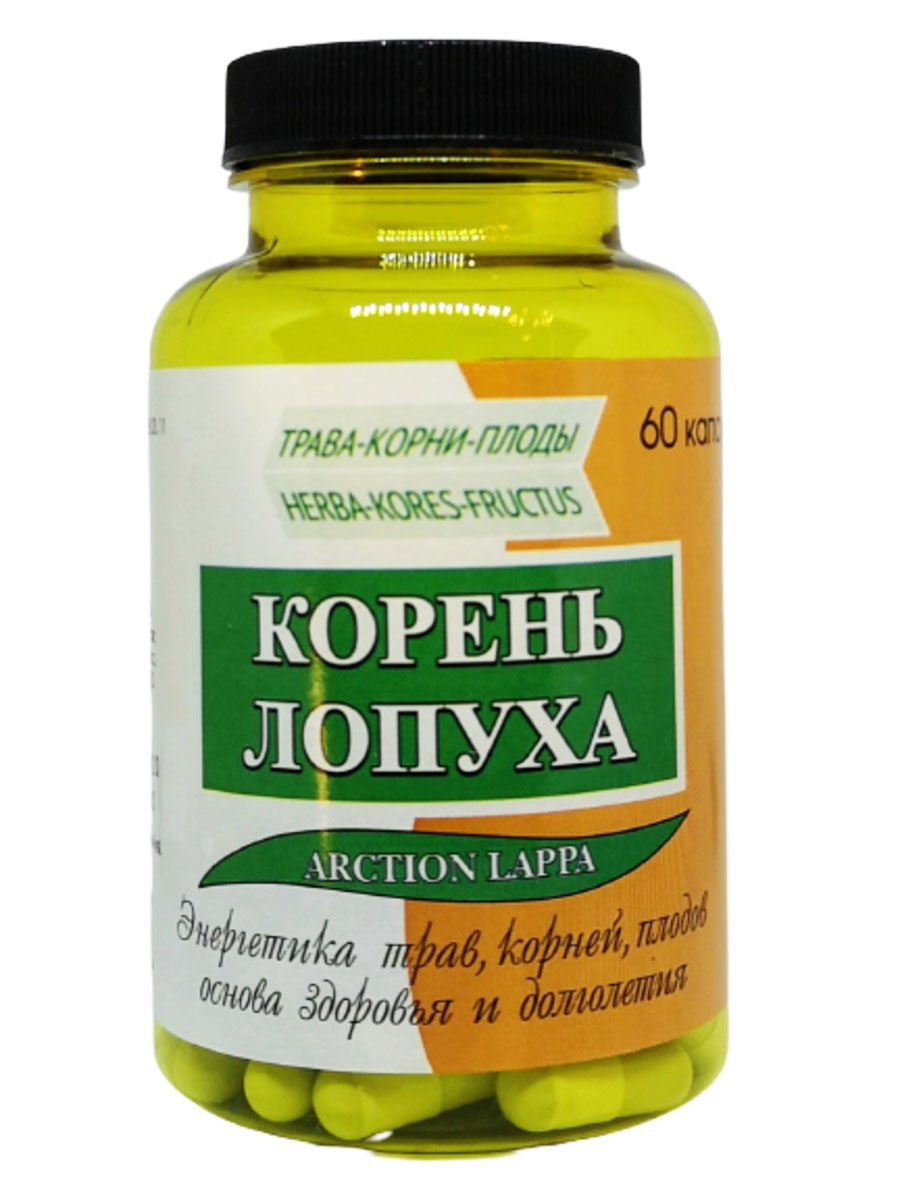
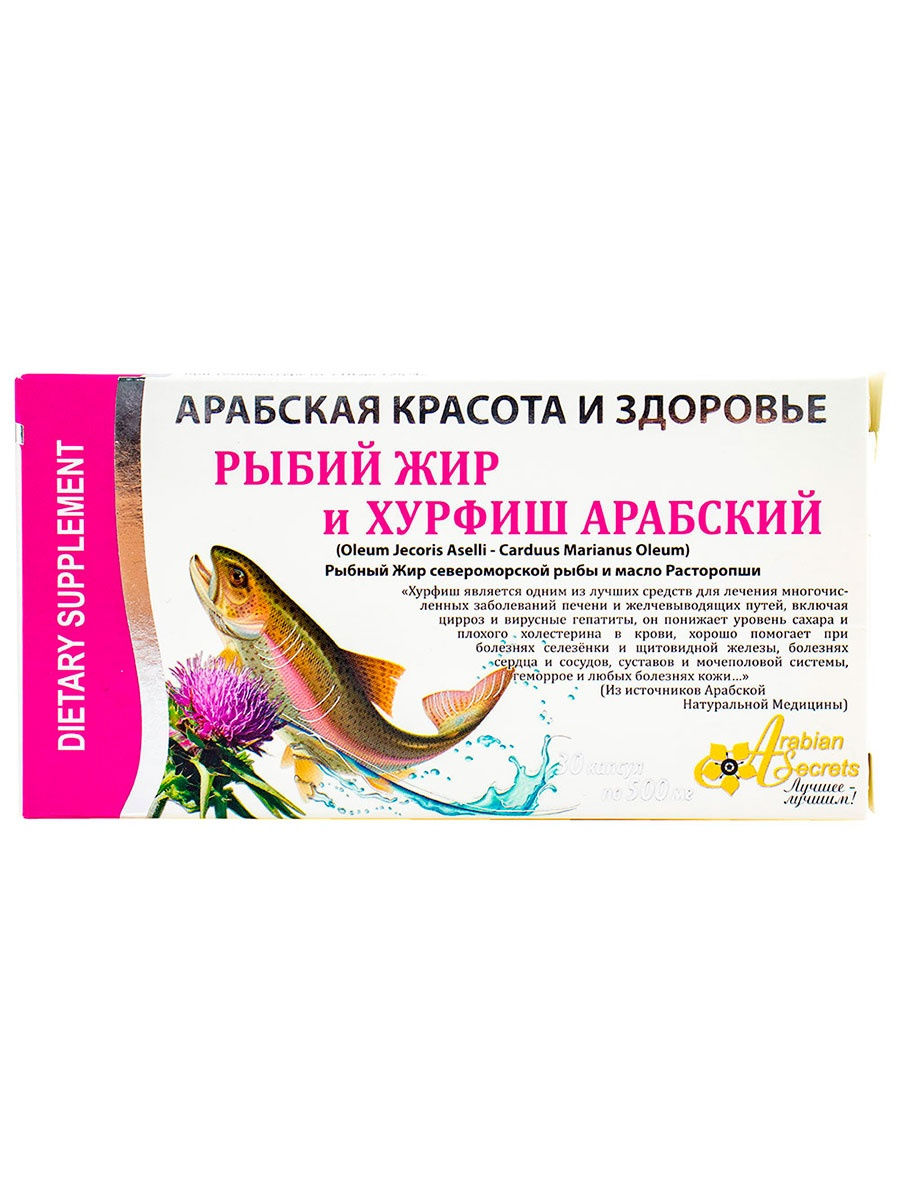




There are no reviews yet.